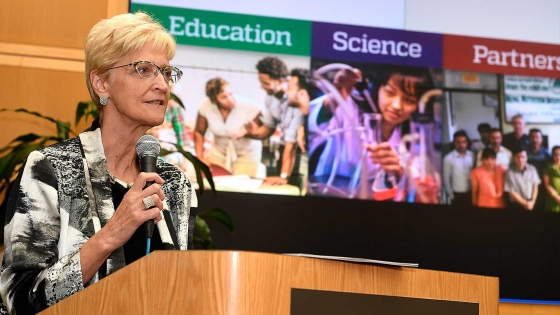20 Highlights from 2020
Applying Excellence and Humanity to Unprecedented Challenges
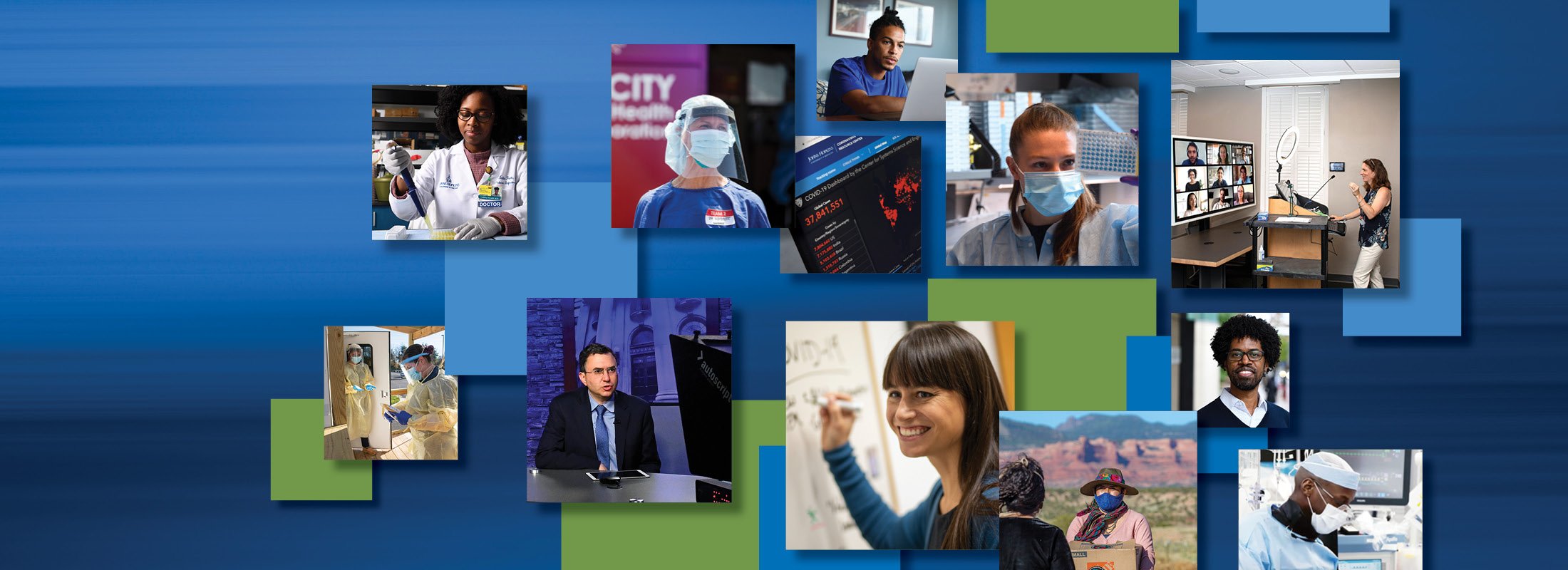
This challenging year brought out the best from the Johns Hopkins Bloomberg School of Public Health. To the pandemic, we brought science, innovation, and guidance. To misinformation, we brought evidence. To racism, we responded with listening, engagement, and action.
Guided by 104 years of history and our strategic plan, our faculty, students, alumni, and staff worked tirelessly these past 12 months to win victories large and small for public health.
Following are just 20 of the many things we take pride in this year–and one fervent hope for the future.
Thank you for being a part of this journey with us.
1. A Robust Virtual Campus
Building on our 20+ years of experience with online teaching, we offered nearly 500 fully online classes this fall alone. We also quickly stood up four brand new COVID-19–focused courses. Our robust Virtual Plus Campus allowed us to continue to teach, learn, and gather as a community—providing a full array of opportunities for our 820 doctoral students and 1,843 master’s students. Together, we are training the future leaders in public health wherever they are in the world.
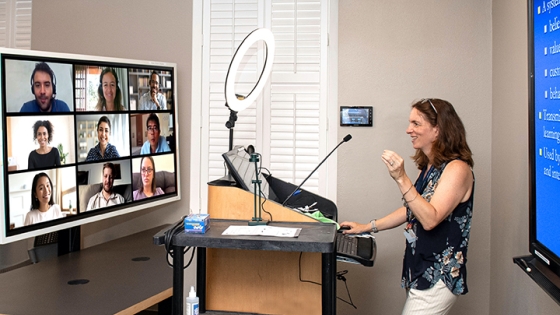
2. A Thriving MPH Centennial Class.
Arriving at a historic moment in public health, these 180 full-time Master of Public Health students are not only learning to solve the most critical public health problems and building on a century’s worth of knowledge, they are bonding, thriving, writing op-eds, raising funds for a local aid organization, sponsoring naloxone training, organizing a public health policy hackathon, and more.
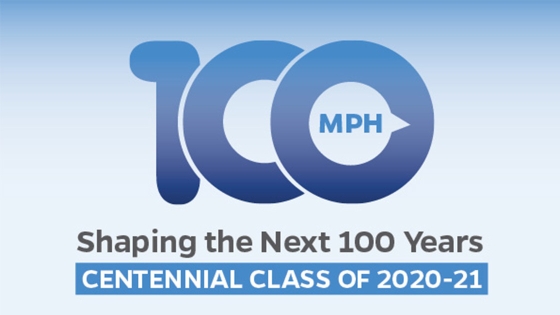
3. Expanding Our National Network of Public Health Practitioners.
153 Bloomberg Fellows—133 MPH and DrPH students supported by full-tuition scholarships and 20 alumni—form a centerpiece of the School’s Bloomberg American Health Initiative. Working with 142 community organizations in 39 states, they are applying public health tools to tackle five of today’s most pressing health challenges: addiction and overdose, risks to adolescent health, environmental challenges, obesity and the food system, and violence. To make progress, they are using evidence, changing policy, and advancing equity.
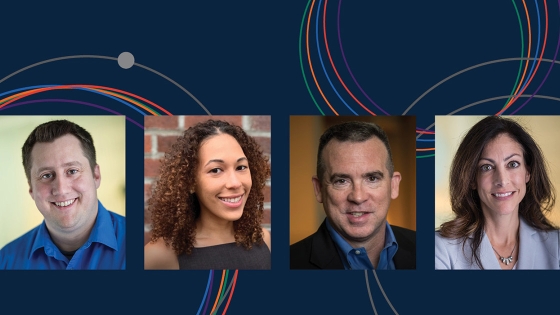
4. 1 Million+ Practitioners Trained.
Our free contact tracing course on Coursera saw more than 1 million people from 150 countries enroll and 575,000 earn a certificate. It was quickly named one of the top Coursera courses, and New York state was among the states and localities that used the course to help train contract tracers. We followed up with other courses on maximizing contact tracing’s impact and on COVID-19 mitigation strategies for assisted living communities and senior housing.

5. Real-Time COVID-19 Response.
Our faculty, students, staff, and alumni made swift and significant contributions to the COVID-19 response, working with health departments and hospitals and across capitals and communities. We profiled 13 members of our community in our Real-Time Response Series. Our community also shared COVID-19 dispatches from around the world.
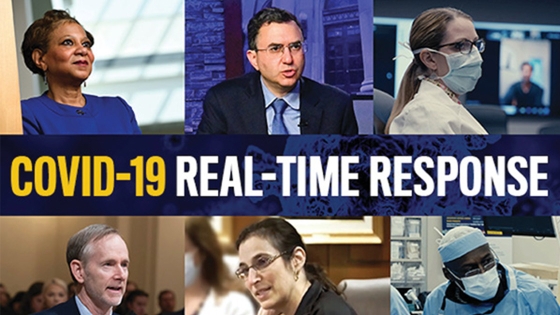
6. Critical Pandemic Research and Collaboration.
From conducting COVID-19 vaccine trials, to evaluating convalescent plasma, to developing saliva-based assays that detect SARS-CoV-2 antibodies, to launching large epidemiological studies that reveal COVID’s impact on individuals and communities, our faculty are leading dozens of COVID-19 research and practice initiatives. With students working alongside them at every step, they are examining every aspect of the virus and developing solutions to reduce harm.
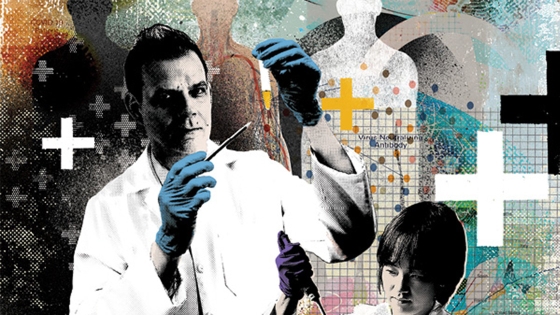
7. Problem-Solving for This Crisis and the Next One.
Our faculty helped design the JH-CROWN patient registry and analyzed Johns Hopkins Health System COVID-19 data so clinicians can improve personalized care for the next wave of patients. We’ve also launched a novel collaborative research platform to yield more powerful results in randomized controlled trials.
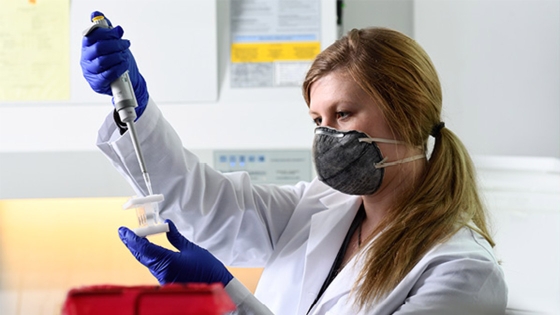
8. Building on Our Centers of Excellence.
We continue to lead in research through our 80+ centers and institutes, including a new COVID-19 Serological Center of Excellence, expansion of our Center of Excellence for Influenza Research and Response, the founding of a Lyme and tickborne diseases institute, the establishment of a new global initiative focused on improving health systems for rehabilitation, and the new Self-Empowerment and Equity for Change Initiative (SEE Change).
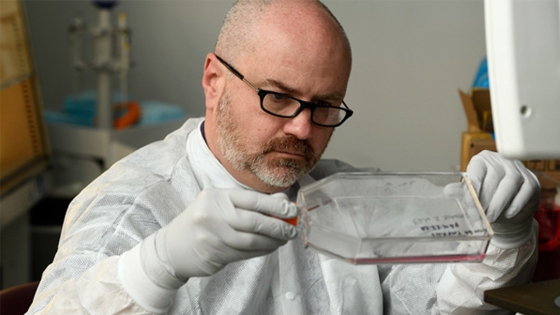
9. Water Solutions in Navajo Nation.
When poor water access contributed to concerns about COVID-19 cases across Navajo Nation, local leaders, the Johns Hopkins University Water Institute, the Center for American Indian Health, and others began work on adding 59 safe water points across the nation. Bloomberg Fellow and DrPH student David Harvey helped launch the project, and this fall he was named the U.S. Public Health Service senior officer of the year.
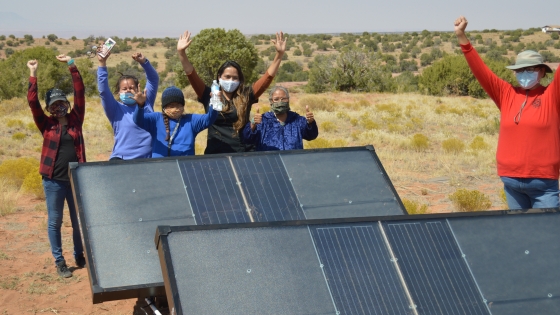
10. A Go-To Source of Trusted Knowledge.
Our faculty collaborate on the Johns Hopkins University Coronavirus Resource Center and map dashboard, which became the global go-to source for COVID-19 statistics. Our Center for Health Security has been a leading voice and resource since the early days of the pandemic. Our International Vaccine Access Center is one of many School groups involved in championing vaccine science and equitable access. And our Novel Coronavirus Research Compendium (NCRC) provides trusted analysis of newly published research.

11. Sharing Expert Insights With the World.
The pandemic created a hunger for information and the need for trusted sources to combat misinformation, and the School responded. We launched a COVID-19 Expert Insights site as a hub for the School’s knowledge with original articles, videos, a searchable FAQ database, and more. The associated Expert Insights newsletter quickly amassed 80,000+ subscribers, and our Global Health NOW newsletter grew to 52,000+ subscribers. Our new Public Health On Call podcast produced 200+ episodes and has been downloaded 3.5 million+ times.
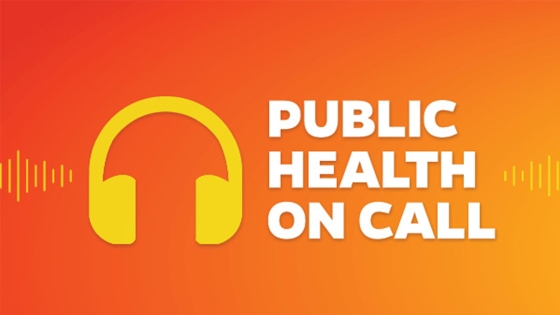
12. Student COVID-19 Guidance in 35 Languages.
Recognizing the need for reliable COVID-19 guidance in their home countries, our students launched COVIDEO-19, a series of educational videos in 35 languages. Science-based and globally shared, the videos exemplify our students’ initiative and vision for change-making science.
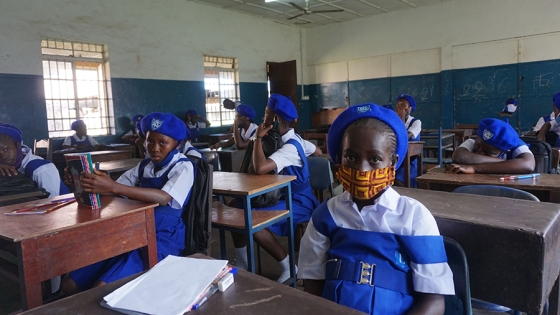
13. Making Science Social.
Our mission to make science more accessible to broader, younger audiences via social media succeeded with 114 million+ social media impressions in 2020 and with audiences responding well to a lighter tone and humor. Our students played an active role, whether responding to comments with sound science or sharing ways to prioritize mental health during the pandemic. Also popular on Instagram: animals, musicians, and movie and tv icons offering the best public health guidance.
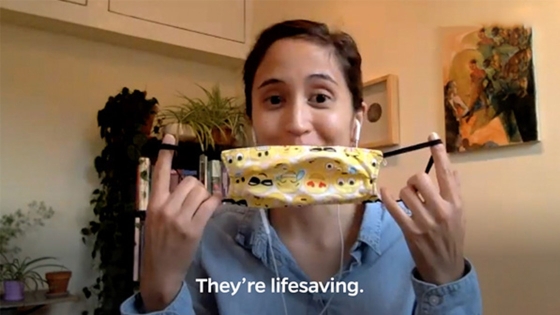
14. Media Mainstays.
Our faculty delivered crucial public health guidance to the public via the media, garnering 4,300 media placements in top outlets such as The New York Times, The Washington Post, The Today Show, CBS News, Bloomberg News, and other major outlets. In addition to sharing new research in news releases, our experts also participated in frequent topic-specific webcasts and media briefings, resulting in coverage on NPR, Axios, C-SPAN, and many others.
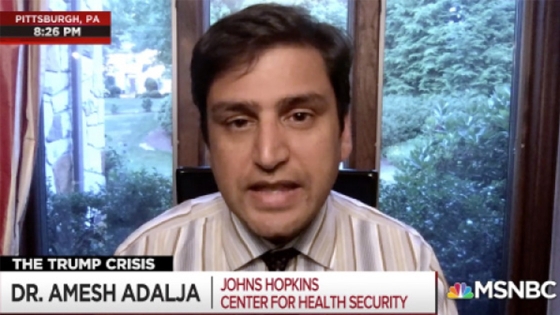
15. Addressing Racism as a Public Health Crisis.
Following George Floyd’s murder and nationwide protests, the School reaffirmed its commitment to purposeful action to address racism. Through the University’s Urban Health Institute and the School’s new Office of Inclusion, Diversity, Anti-Racism, and Equity (IDARE), we launched efforts to dismantle systematic racism and advance anti-racist policies, programs, and practices within the School, the community, and the field of public health.
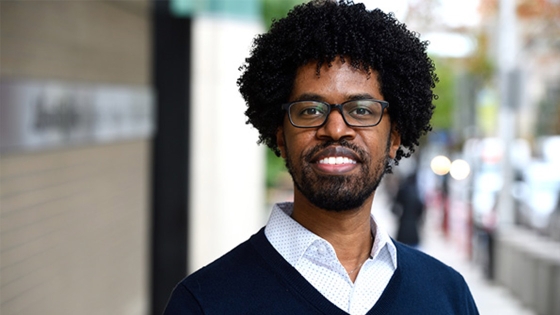
16. Partnering with Our Baltimore Neighbors.
Honored in 2019 with ASPPH’s Harrison C. Spencer Community Service Award, SOURCE partnered with the Baltimore community to organize resources and activities for local youth and coordinate food and mask distribution during COVID-19, and it continues mission-critical service-learning and social justice work online.
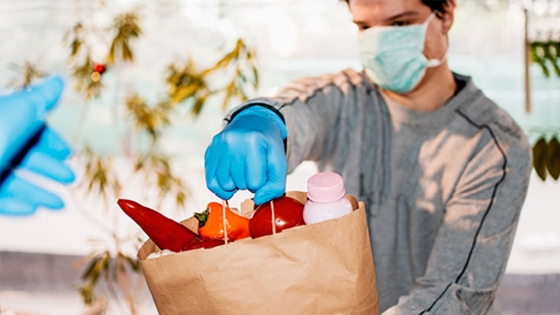
17. We Call It SCIBAR.
In a bold $4 million initiative, we launched a yearlong competition to identify promising interdisciplinary projects. The goal: Combine basic and applied science to make a measurable impact on a public health challenge. Out of 44 team proposals, four research teams were selected. They will investigate whether “cool roofs” can lead to better sleep and health for people living in rowhouses; whether plasma proteomics can reveal hidden micronutrient deficiencies; how mixed-methods research could help address the opioid crisis in two American Indian communities; and whether “greening” vacant lots can reduce adolescent health disparities.
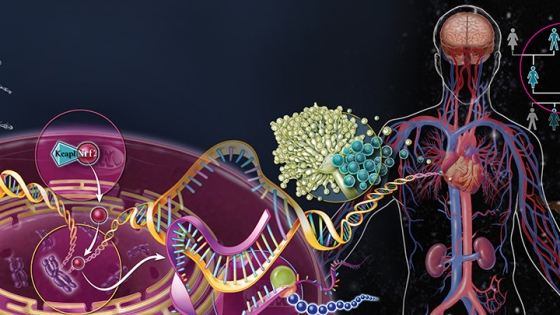
18. Alumni Multiply Our Impact.
Our 26,000 alumni in 160+ countries are leaders for today and tomorrow. This year: Our alumni lead three of the five top-rated U.S. schools of public health. Celine Gounder, MD, ScM ’00, and Loyce Pace, MPH ’05, joined the Biden-Harris COVID-19 Transition Advisory Board, and Taiwan’s Vice President Chen Chien-jen, ScD ’82, MPH, directed the country’s effective coronavirus response.
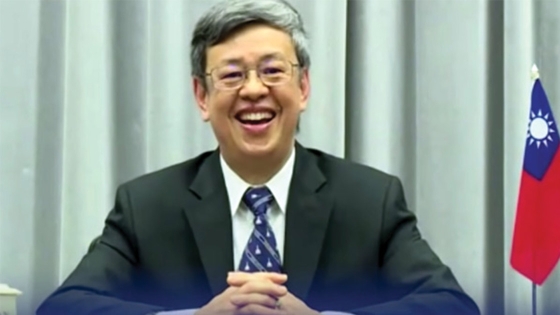
19. Invaluable Support.
Adding to our network of friends and alumni who support our mission, the School recorded a near 800% increase in the number of new donors and a 134% increase in total donors compared with 2019. We’re beyond grateful.
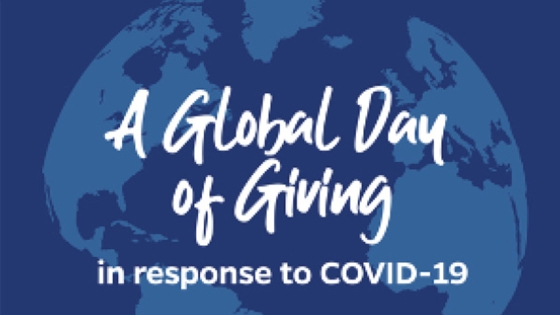
20. Advocacy for Change.
“Imagine if we adequately invested in public health.” Our new director of the Center for Public Health Advocacy wants to seize the moment to advocate for 21st-century public health systems in the U.S. We also created a digital campaign to show support for public health.
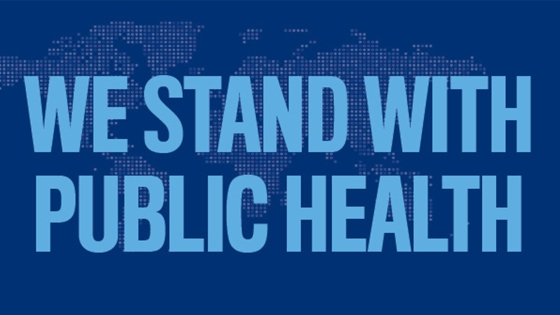
The Opportunity of a Lifetime for Public Health.
Our greatest hope for 2021 is that we take the lessons from 2020 and use them to restore the public’s trust in science and in the power of public health, to tackle the social drivers of health inequity, including structural racism, once and for all, and to build the political will to invest in modern public health systems that protect the population’s health every day and serve us well in times of crisis. We will rise to the challenge.
